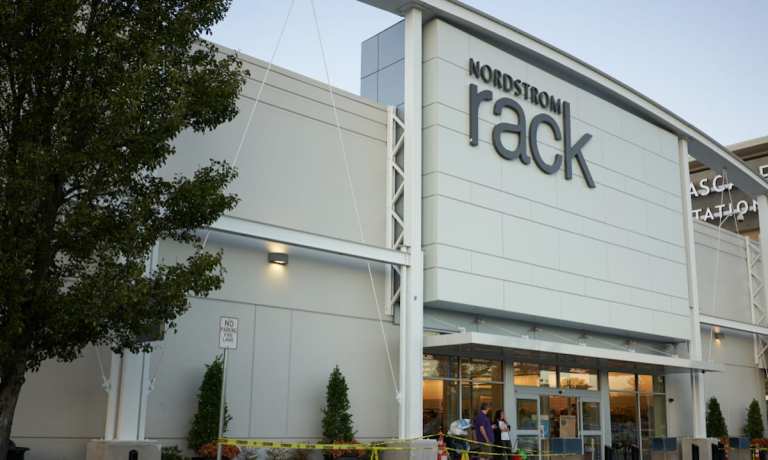Nordstrom Nears 50 Pct Digital Sales; Total Revenue Still Below Pre-Crisis Level

High-end fashion retailer Nordstrom said on Tuesday (May 25) that its digital transformation efforts saw its eCommerce sales rise 23 percent last quarter, amounting to 46 percent of total revenue. But despite those gains, the Seattle-based operator of 350 stores noted that its total revenues for the three months ending May 1 were still about 13 percent below pre-crisis levels from 2019.
While speaking to analysts and investors about the quarter, CEO Erik Nordstrom — who was appointed 15 months ago — played up the retailer’s three sequential quarters of improvement that began last summer as a better indicator of the company’s increasing momentum.
“Our Nordstrom and Nordstrom Rack apps continue to be powerful drivers of customer engagement,” Nordstrom said. “During the quarter, we generated over a million downloads of our apps — a more than 50 percent increase over the first quarter of 2019,” said the CEO, noting that mobile customers represented approximately 75 percent of total digital traffic and two-thirds of total digital sales.
In addition, the great-grandson of the retailer’s namesake founder said the company had successfully expanded the rollout of its omnichannel market strategy to its top 20 markets, which account for 75 percent of its sales. As a result, Nordstrom said he was confident he would deliver full-year revenue growth of more than 25 percent, with digital representing approximately 50 percent of sales.
Good Things Coming
“Looking ahead to summer, we are well-positioned to continue to capitalize on pent-up demand, and are further strengthening our position as we execute on our strategy to win in our most important markets, broaden the reach of Nordstrom Rack and increase our digital velocity,” Nordstrom said.
Although Nordstrom — like most of its rivals in the retail patch — is anticipating a strong second half and holiday season in an increasingly open and active economy, that’s not to say it is without concerns.
“What we’re seeing in the macro-environment between supply chain disruptions and labor and freight costs … we saw pressures in 2020 from COVID-19, and we’ve got pressures [in 2021], but they’re just different,” Nordstrom CFO Anne Bramman said on the call. “But I think what we learned throughout the past 12 to 18 months is that even though the market environment remains volatile, we respond to it and we remain flexible and agile.”
For example, Bramman said that in an effort to mitigate supply chain volatility experienced earlier this spring, the company pulled forward some of its inventory shipments into Q1 that would normally occur in Q2 in order to meet customer demand.
Officially, Nordstrom’s Q1 sales rose 44 percent to $2.9 billion with a net loss of $116 million — a marked improvement from the $520 million it lost in the depths of the pandemic, but a disappointment for investors who sent the stock down over 6 percent after the results were released.
The retailer saw its stock triple in value since October and ended the quarter with 100 Nordstrom stores, 248 Nordstrom Rack locations and its Trunk Club apparel subscription service.